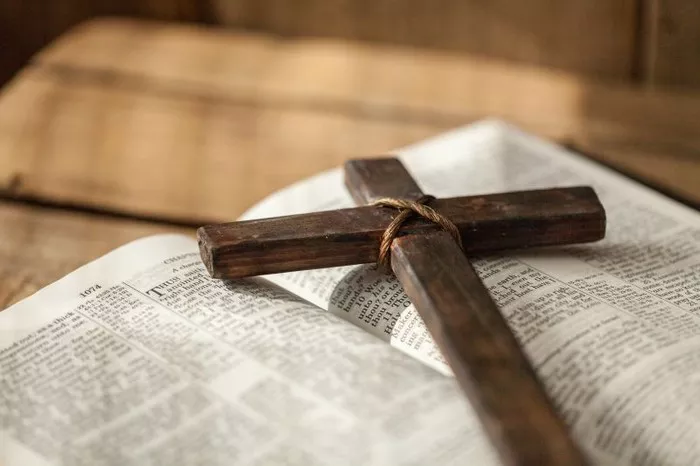Exodus 2 is a significant chapter in the Bible that details the birth, early life, and divine protection of Moses, a central figure in the Old Testament. This chapter sets the stage for the subsequent liberation of the Israelites from Egyptian bondage. By examining the various elements of Exodus 2, we can gain a deeper understanding of the historical, cultural, and theological implications embedded in this pivotal narrative.
Historical Context and Background
The Book of Exodus is the second book of the Torah and the Old Testament. It continues the narrative from Genesis, where the descendants of Jacob (Israel) have become a large population in Egypt. Over time, the Israelites were subjected to severe oppression by the Pharaoh, who feared their growing numbers. Exodus 1 describes the harsh conditions and the Pharaoh’s decree that all newborn Hebrew boys should be killed to control the population. This sets the stage for the events of Exodus 2.
The Birth of Moses
Exodus 2 opens with the introduction of a Levite couple who bore a son. The text reads:
“Now a man of the tribe of Levi married a Levite woman, and she became pregnant and gave birth to a son. When she saw that he was a fine child, she hid him for three months.” (Exodus 2:1-2, NIV)
The Levite couple, Amram and Jochebed, were determined to save their son despite the Pharaoh’s edict. The phrase “a fine child” indicates the mother’s recognition of something special in her son, prompting her to take extraordinary measures to protect him.
The Ark of Bulrushes
After three months, when it became impossible to hide the child any longer, Jochebed crafted a small ark from papyrus reeds, coated it with tar and pitch, and placed the child inside. She then set the ark among the reeds along the Nile River bank. The imagery here echoes the story of Noah’s Ark, symbolizing divine protection and deliverance through water.
Moses’ sister, Miriam, stood at a distance to watch over the child. This act of placing Moses in the Nile River demonstrates a profound trust in God’s providence and protection.
See Also: How Many Days Did Noah Stay in the Ark?
The Discovery by Pharaoh’s Daughter
Pharaoh’s daughter came down to bathe at the Nile and discovered the basket among the reeds. The text describes her reaction:
“She opened it and saw the baby. He was crying, and she felt sorry for him. ‘This is one of the Hebrew babies,’ she said.” (Exodus 2:6, NIV)
Despite recognizing the child’s Hebrew identity, Pharaoh’s daughter was moved by compassion and chose to save him. This act of mercy by an Egyptian princess highlights the unexpected ways in which God can work through unlikely individuals to fulfill His purposes.
Moses’ Early Life in Pharaoh’s Palace
Miriam approached Pharaoh’s daughter and offered to find a Hebrew woman to nurse the child. Consequently, Moses’ own mother was hired to nurse him, allowing her to maintain a bond with her son during his early years. When the child grew older, he was brought to Pharaoh’s daughter and became her son, named Moses, which means “drawn out of the water.”
Moses’ upbringing in Pharaoh’s palace provided him with a unique education and understanding of Egyptian culture and politics, which later proved crucial in his role as the leader of the Israelites.
Moses’ Identity Crisis and Flight to Midian
As Moses grew up, he became increasingly aware of his Hebrew heritage and the suffering of his people. One day, he witnessed an Egyptian beating a Hebrew and intervened, killing the Egyptian. The next day, he attempted to mediate a dispute between two Hebrews, only to be confronted about the murder. Realizing that his actions were known and fearing for his life, Moses fled to the land of Midian.
Moses in Midian: A New Beginning
In Midian, Moses encountered the daughters of Reuel (also known as Jethro), a priest of Midian. He defended them from shepherds and helped water their flock. In gratitude, Reuel invited Moses to stay with them, and eventually, Moses married Zipporah, one of Reuel’s daughters. They had a son named Gershom, signifying Moses’ status as a sojourner in a foreign land.
Theological Significance
Exodus 2 is rich with theological themes that resonate throughout the Bible. The chapter highlights God’s providence, protection, and the fulfillment of His promises. Despite the oppressive circumstances, God orchestrates events to ensure the survival of the one who would become the deliverer of His people. This narrative also underscores the importance of faith and trust in God, as exemplified by Moses’ parents and the compassionate actions of Pharaoh’s daughter.
Moses as a Type of Christ
Many Christian theologians see Moses as a foreshadowing of Christ. Both figures were born under oppressive regimes, faced threats to their lives as infants, and were destined to deliver God’s people. Moses’ life and mission prefigure the ultimate deliverance brought by Jesus Christ, who leads His followers out of the bondage of sin and into the freedom of salvation.
Conclusion
Exodus 2 is a foundational chapter that sets the stage for the epic story of the Exodus. It introduces Moses, a central figure in the history of Israel, and demonstrates God’s sovereignty and faithfulness in the face of adversity. Through the birth and early life of Moses, we see a pattern of divine intervention and the unfolding of God’s redemptive plan for His people. This chapter not only provides historical and cultural insights but also offers profound theological lessons that continue to inspire and guide believers today.

